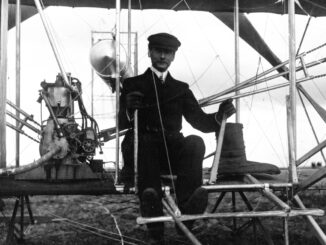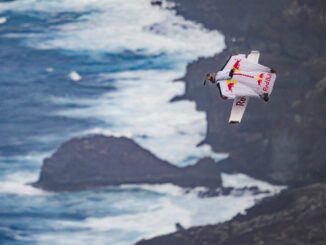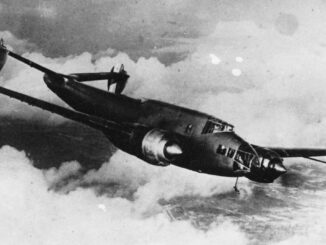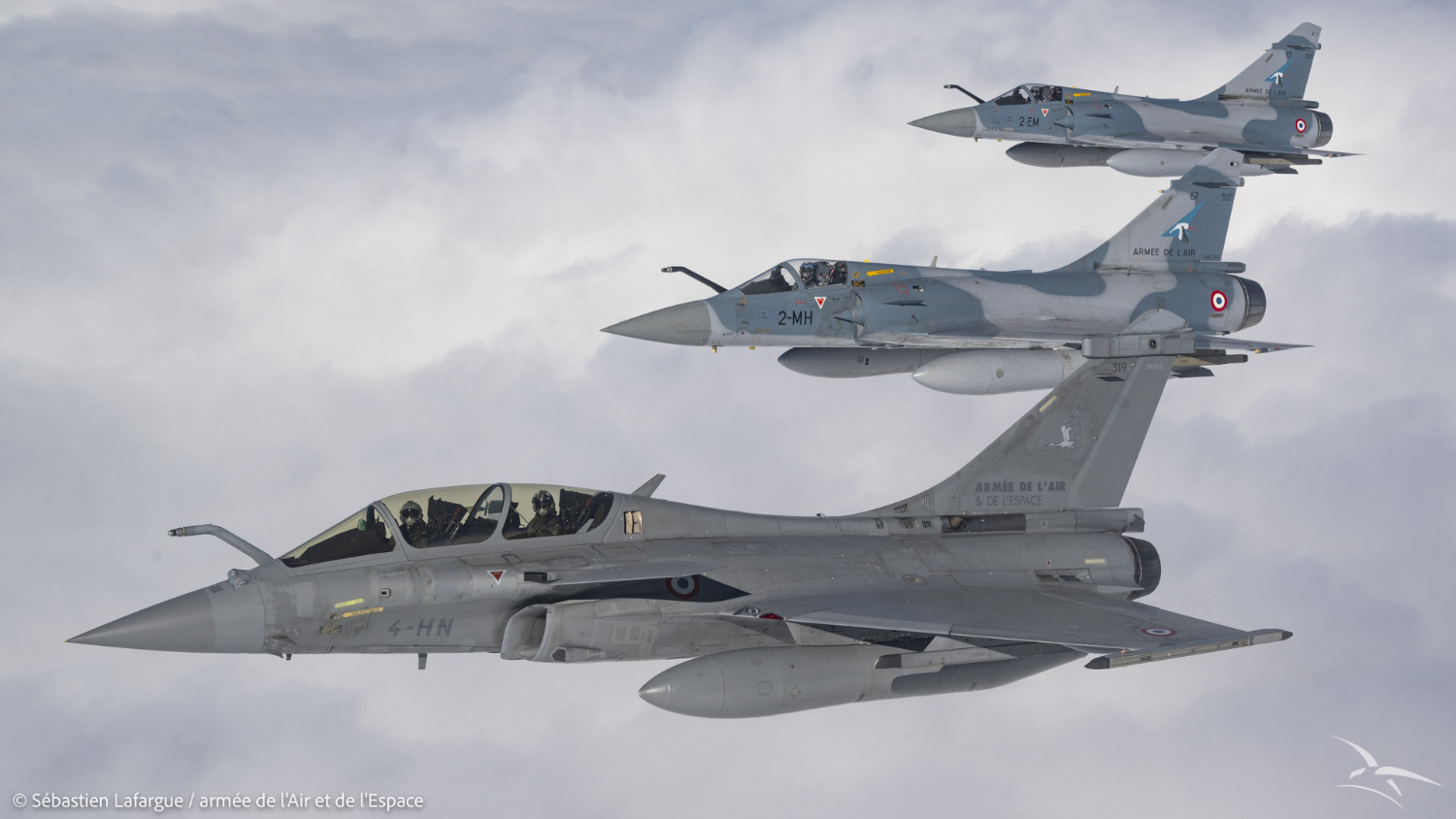 On 23rd April 2025, Armée de l’air et de l’espace (the French Air and Space Force) held a live-fly training, codenamed CIGONEX. It was the first joint exercise of the French ´Cigognes´ (English: storks) squadrons, aimed to boost interoperability and spirit of cooperation among those units.
On 23rd April 2025, Armée de l’air et de l’espace (the French Air and Space Force) held a live-fly training, codenamed CIGONEX. It was the first joint exercise of the French ´Cigognes´ (English: storks) squadrons, aimed to boost interoperability and spirit of cooperation among those units.
The storks are not only known for their exceptional flying skills, that inspired many aviation pioneers, such as Otto and Gustav Lilienthal, but they are also capable predators hunting for a wide range of reptiles, fish and small mammals. Therefore, it is not surprising that those birds were among the first symbols of the French fighter aviation.
The tradition to bear the characteristic stork insignia by the French aviation units dates back to the Great War. However, for the first time, the name ´Cigognes´ appeared yet in 1912 and was related to Escadrille (English: squadron) BL 3. Rumour has it, that one day the unit was flying from Pau to Belfort and, during that flight, the BL 3 aircraft were spotted and compared to storks, the spring-heralding birds. Shortly after, the ´Storks´ name was commonly used with the squadron.
In April of 1916, the first, although informal, French combat group, named Groupement de Combat de la Somme, was created. It consisted of up to seven fighter units, including the 3rd Squadron – at that moment designated N 3, due to operating Nieuport aircraft. Since it was necessary to distinguish the squadrons in the air, symbolic insignia were painted on the group aircraft. A white stork in flight, with its wings down, was chosen by Commander Antonin Brocard for the 3rd Squadron.
At the end of the year, the ´Somme Combat Group´ was officially formalised as Groupe de Combat 12 (the 12th combat group). Shortly after, Brocard suggested that all the squadrons from the group should adopt the stork insignia, in their own variants. It was not long until the GC 12 became commonly known as les Cigognes (the Storks).
The ´Cigognes´ fighter squadrons were not only one of the oldest in the French military aviation, but they also marked the history of fighter aviation, with more than four hundred of confirmed air victories and almost as many not officially recognised. During the First World War, the Storks´ units were led by the greatest French air aces, such as René Fonck (the best Allied fighter pilot, who officially shot down seventy-five enemy aircraft) and Georges Guynemer (with fifty-three confirmed air victories).
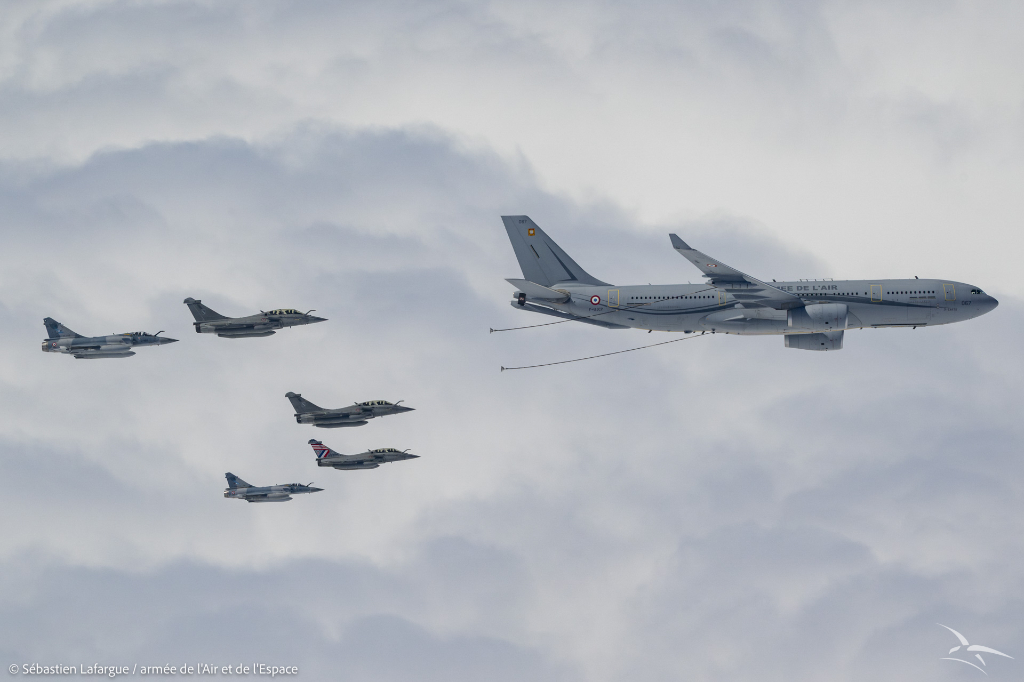
Today, the tradition of Storks´ squadrons is continued by six units of the French Air and Space Forces.
The aforementioned CIGONEX exercise was organised by SPA 167 Cigogne de Romanet (Romanet stork) flight of the 2/4 Lafayette fighter squadron of Armée de l’air et de l’espace. The idea behind the training was to gather all the Storks´ units together for joint exercise, as well as to create the specific team spirit.
´This exercise mission was close to my heart: it celebrates our heritage while transmitting our values to the youngest members,´ emphasised Captain Victor, the commander of SPA 167.
Among the invited units there were SPA 3 Cigogne de Guynemer (Guynemer´s stork), SPA 73 Cigogne japonaise (Japanese stork) and SPA 103 Cigogne de Fonck (Fonck´s stork) from fighter wing 1/2 Cigognes; SPA 67 Cigogne de Navarre (Navarre stork) of the fighter squadron 2/3 Champagne; SPA 26 Cigogne de Saint-Galmier (Saint-Galmier stork) of the fighter squadron 1/5 Vendée; as well as l’École de l’aviation de chasse (Fighter Aviation School – EAC), which bears the insignia of a red-legged and red-billed stork. Regrettably, due to operational reasons, the SPA 26 and SPA 67 could not join the exercise.
According to Captain Victor, CIGONEX 2025 was, above all, the training and instruction mission for the youngest pilots. Within the exercise, the fighters were divided into two rival groups, the White Storks versus the Black Storks. The opposite teams were then involved in air-to-air and air-to-ground operations, defensive counter-air missions to protect the airspace against all threats, offensive operation to destroy and neutralise air capabilities of the mock enemy, as well as the air battle over the ´Heroes´ Nest´.
The majority of aircraft involved in the CIGONEX 2025 exercise operated from base aérienne 113 (113th air base) in Saint-Dizier, while the EAC students flew their Pilatus PC-21 aeroplanes from Cognac.
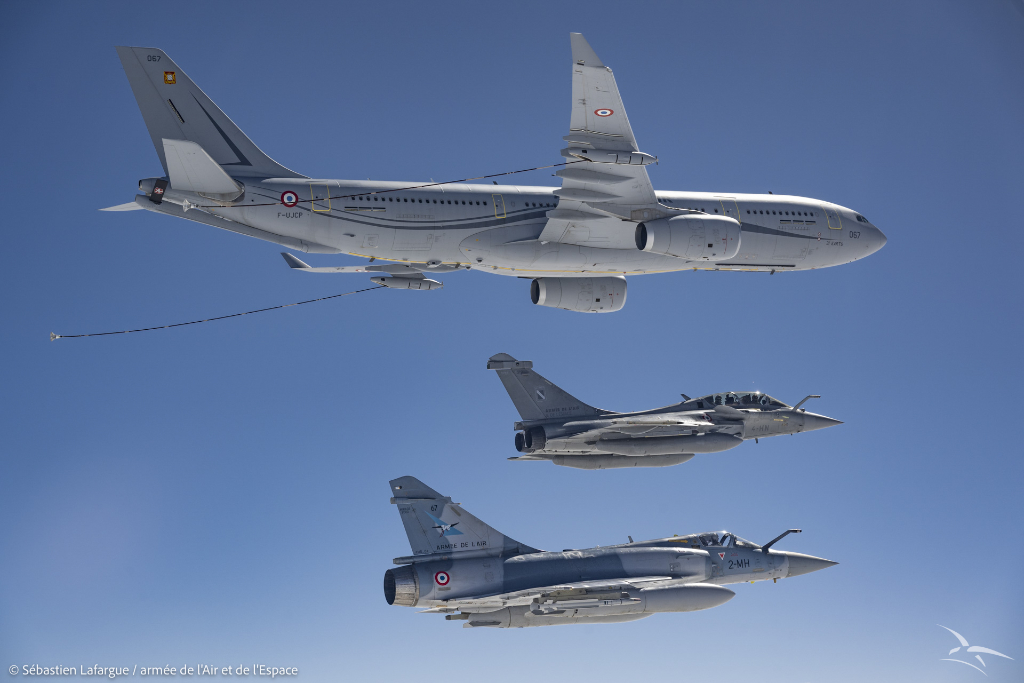
All photos Sébastien Lafargue © French Ministry of Defence. Information from the press releases of the French Ministry of Defence – published on the MoD page in April of 2025 – were used, in accordance to the etalab-2.0 licence.

